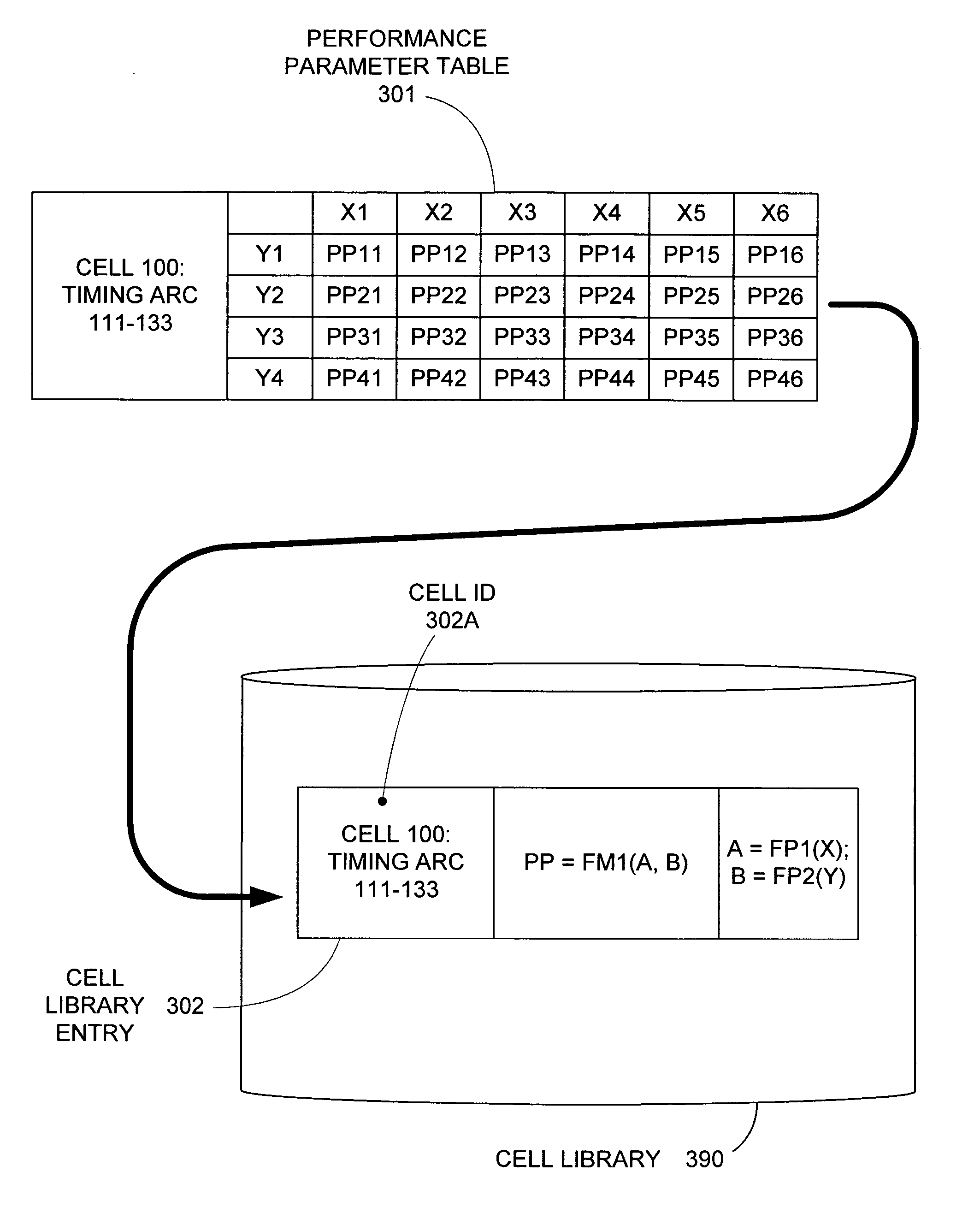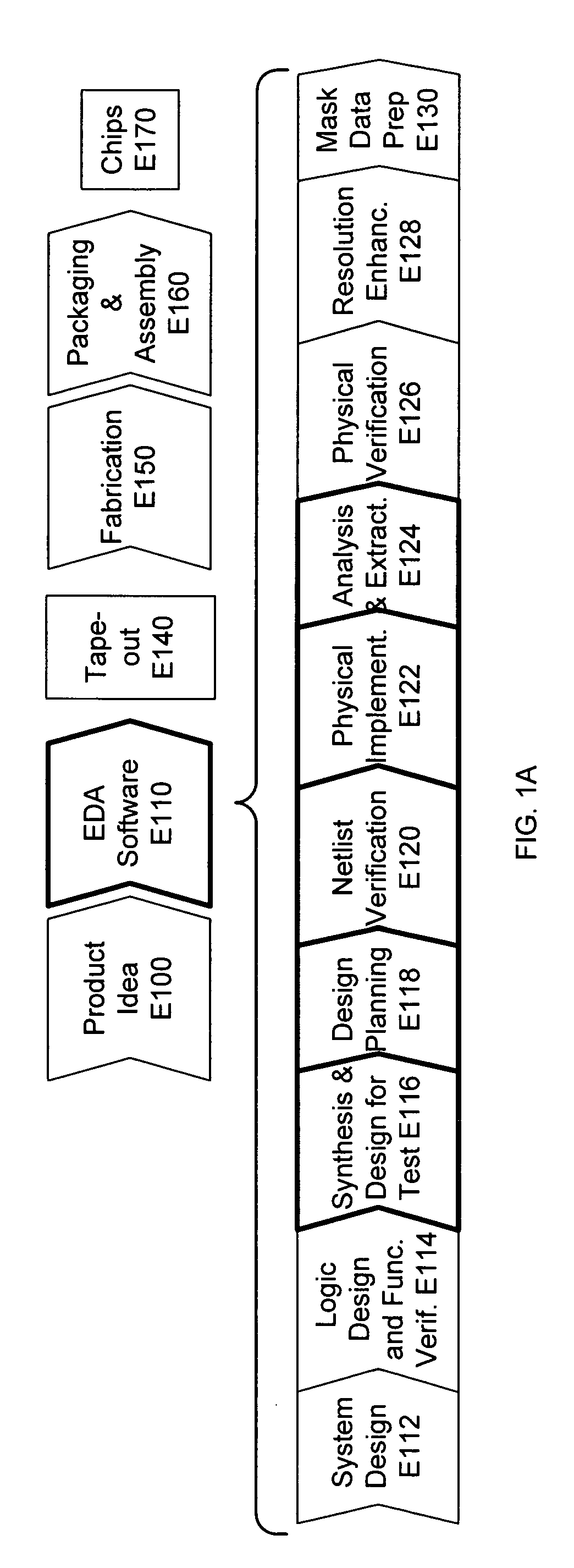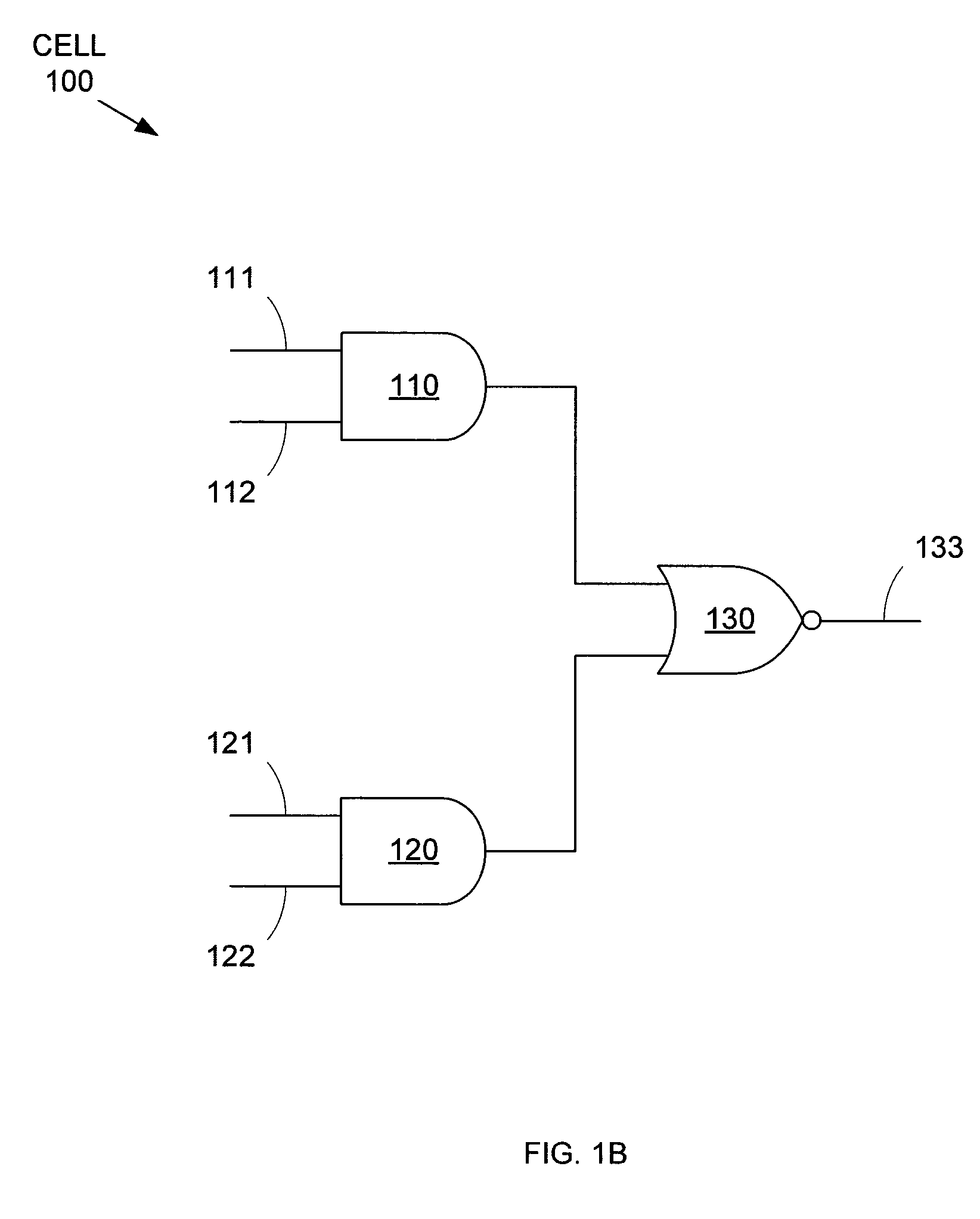Preconditioning for EDA cell library
a cell library and preconditioning technology, applied in the field of cell libraries, can solve the problems of large storage space and memory resources of look-up tables within an eda system, significantly increasing computational requirements and modeling time, and not being entirely accurate in calculations, so as to improve mathematical model accuracy, reduce computational complexity, and improve computational efficiency.
- Summary
- Abstract
- Description
- Claims
- Application Information
AI Technical Summary
Benefits of technology
Problems solved by technology
Method used
Image
Examples
Embodiment Construction
[0051] Conventional characterized cell libraries are derived by modeling performance parameter data referenced by operational parameters. As noted above, providing a desired level of modeling accuracy using those conventional means can result in excessive computational and storage requirements. FIG. 2A shows a flow diagram for the generation of a characterized cell library generation process that overcomes these problems.
[0052] In an “ACCESS ORIGINAL CELL LIBRARY” step 210, a set of functional elements (cells) is accessed (typically by being read into the memory of a computer system). As is known in the art, this set can include any number and type of functional elements, including AND gates, OR gates, inverters, latches, multiplexers, half adders, and full adders, to name a few.
[0053] In some embodiments, the original cell library can also include technology-specific performance parameter data (e.g., provided by a foundry or generated via simulation of the functional elements usi...
PUM
| Property | Measurement | Unit |
|---|---|---|
| transition time | aaaaa | aaaaa |
| power consumption | aaaaa | aaaaa |
| temperature | aaaaa | aaaaa |
Abstract
Description
Claims
Application Information
 Login to View More
Login to View More - R&D
- Intellectual Property
- Life Sciences
- Materials
- Tech Scout
- Unparalleled Data Quality
- Higher Quality Content
- 60% Fewer Hallucinations
Browse by: Latest US Patents, China's latest patents, Technical Efficacy Thesaurus, Application Domain, Technology Topic, Popular Technical Reports.
© 2025 PatSnap. All rights reserved.Legal|Privacy policy|Modern Slavery Act Transparency Statement|Sitemap|About US| Contact US: help@patsnap.com



